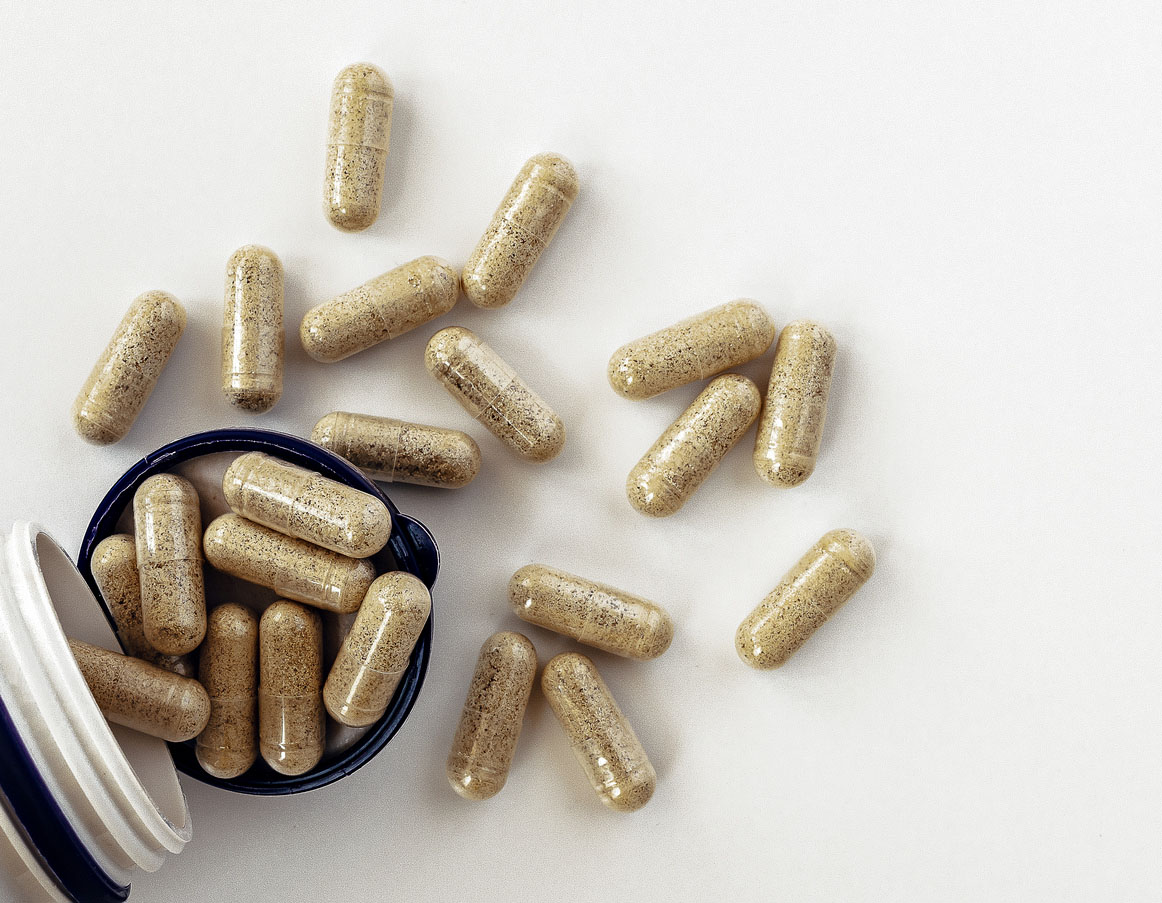This article originally appeared on Dr. Galland’s website, PillAdvised.
Concerned about air pollution? Latest study reveals that some vitamins may play a role in helping to protect the lungs from air pollution.
A new study from King’s College London and the University of Nottingham has found an association between the amount of vitamin E in the body, exposure to particulate pollution and lung function.
The study is the first to show a clear link between vitamin E concentrations in the blood and exposure to fine particulate pollution in the general population.
Particulate matter (PM) is one of the main air pollutants thought to be damaging to human health. Previous studies have reported an inverse association between exposure to PM and lung function. However, the underlying mechanisms linking ambient air pollution to lung function are not yet fully understood.
The new data looked at the association between lung function and a set of metabolites – chemical signatures circulating in the blood – and between these metabolites and exposure to PM10 and PM2.5 (particles smaller than 10 and 2.5 microns, respectively) determined as the concentrations of these pollutants at the participants’ residence.
Two-hundred and eighty metabolites were measured in the blood of over 5,500 fasting volunteers from the TwinsUK study who had also undergone a spirometry or lung test. This test determines the lung’s forced vital capacity (FVC), a measure of the amount of air you can exhale with force after you inhale as deeply as possible, and forced expiratory volume (FEV), a measure of the amount of air you can exhale with force in one breath.
A subset of this group of twins – around 500 participants – living in the Greater London area also had their long-term exposure to PM estimated from their postcode using computer modelling of air pollution across London. Participants completed a medical history and lifestyle questionnaire, including questions on whether they took vitamin supplements.
The profiling revealed 13 metabolites significantly associated with FVC, 10 of which were also identified for FEV. Of the metabolites associated with lung function, eight were also significantly associated with exposure to both PM2.5 and PM10. In all eight instances, a higher exposure to PM was found to correlate with lower levels of the metabolite and a lower FEV.
Among the eight metabolites identified were two well-known antioxidants, alpha tocopherol or a-tocopherol (biologically active form of Vitamin E) and a metabolite of ascorbic acid (Vitamin C) known as threonate. Both compounds have previously been linked to lung function as well as exposure to PM.
The strongest association both with PM2.5 and FEV was seen with vitamin E. Individuals with a higher exposure to PM2.5 had significantly lower levels of alpha-tocopherol and also had lower lung function. These findings provide further evidence supporting the theory that PM damages lungs through oxidative attack while alpha-tocopherol acts to minimise oxidative injury.
Dr Ana Valdes, Reader at the University of Nottingham and co-author of the study, explained: ‘Our work builds on a number studies exploring whether some vitamins can counteract the negative effect on lungs caused by air pollution. More work is needed to establish whether antioxidant supplements do indeed provide protection to the lungs in the general population.’
Professor Frank Kelly, head of the Environmental Research Group at King’s College London and co-author of the study, said: ‘These new findings are consistent with previous reports which observed lower levels of vitamin E in people with lung conditions such as asthma. However, we do not yet fully understand which types of particulate pollution specifically damage the lungs or which vitamins best interfere with this pathway to reduce the level of damage.’
Reference:
“Circulating Levels of Antioxidant Vitamins Correlate with Better Lung Function and Reduced Exposure to Ambient Pollution,” Cristina Menni, Sarah J. Metrustry, Robert P. Mohney, Sean Beevers, Ben Barratt, Tim D. Spector, Frank J. Kelly, Ana M. Valdes, American Journal of Respiratory and Critical Care Medicine, 2015, Vol.191: 1203-1207, 10.1164/rccm.201411-2059LE,






